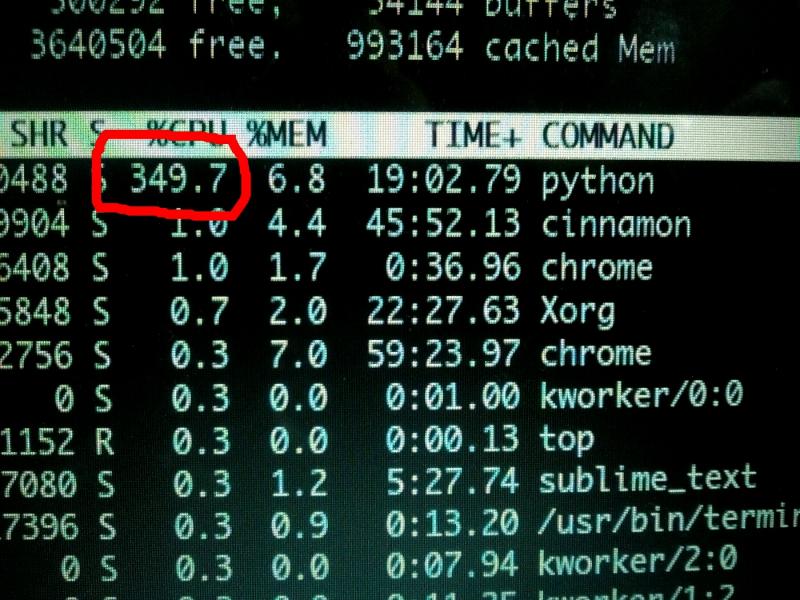Join devRant
Do all the things like
++ or -- rants, post your own rants, comment on others' rants and build your customized dev avatar
Sign Up
Pipeless API

From the creators of devRant, Pipeless lets you power real-time personalized recommendations and activity feeds using a simple API
Learn More
Related Rants

 Machine Learning messed up!
Machine Learning messed up! When your CPU is motivated and gives more than his 100%
When your CPU is motivated and gives more than his 100% What is machine learning?
What is machine learning?
In 2015 I sent an email to Google labs describing how pareidolia could be implemented algorithmically.
The basis is that a noise function put through a discriminator, could be used to train a generative function.
And now we have transformers.
I also told them if they looked back at the research they would very likely discover that dendrites were analog hubs, not just individual switches. Thats turned out to be true to.
I wrote to them in an email as far back as 2009 that attention was an under-researched topic. In 2017 someone finally got around to writing "attention is all you need."
I wrote that there were very likely basic correlates in the human brain for things like numbers, and simple concepts like color, shape, and basic relationships, that the brain used to bootstrap learning. We found out years later based on research, that this is the case.
I wrote almost a decade ago that personality systems were a means that genes could use to value-seek for efficient behaviors in unknowable environments, a form of adaption. We later found out that is probably true as well.
I came up with the "winning lottery ticket" hypothesis back in 2011, for why certain subgraphs of networks seemed to naturally learn faster than others. I didn't call it that though, it was just a question that arose because of all the "architecture thrashing" I saw in the research, why there were apparent large or marginal gains in slightly different architectures, when we had an explosion of different approaches. It seemed to me the most important difference between countless architectures, was initialization.
This thinking flowed naturally from some ideas about network sparsity (namely that it made no sense that networks should be fully connected, and we could probably train networks by intentionally dropping connections).
All the way back in 2007 I thought this was comparable to masking inputs in training, or a bottleneck architecture, though I didn't think to put an encoder and decoder back to back.
Nevertheless it goes to show, if you follow research real closely, how much low hanging fruit is actually out there to be discovered and worked on.
And to this day, google never fucking once got back to me.
I wonder if anyone ever actually read those emails...
Wait till they figure out "attention is all you need" isn't actually all you need.
p.s. something I read recently got me thinking. Decoders can also be viewed as resolving a manifold closer to an ideal form for some joint distribution. Think of it like your data as points on a balloon (the output of the bottleneck), and decoding as the process of expanding the balloon. In absolute terms, as the balloon expands, your points grow apart, but as long as the datapoints are not uniformly distributed, then *some* points will grow closer together *relatively* even as the surface expands and pushes points apart in the absolute.
In other words, for some symmetry, the encoder and bottleneck introduces an isotropy, and this step also happens to tease out anisotropy, information that was missed or produced by the encoder, which is distortions introduced by the architecture/approach, features of the data that got passed on through the bottleneck, or essentially hidden features.
rant
machine learning
ml